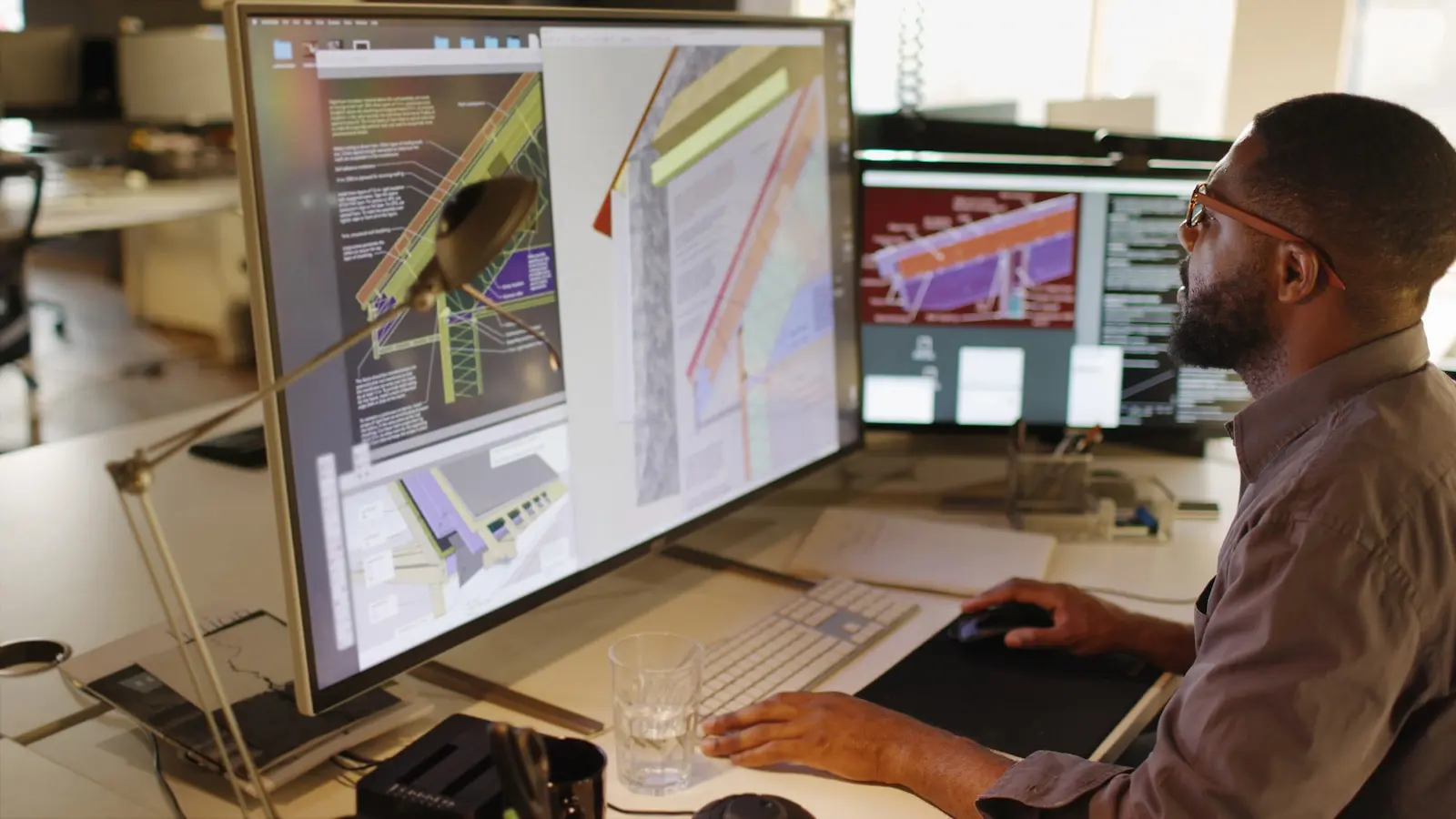Key among architect skills is a solid grasp of new software and tools. However, Phil Bernstein, associate dean and professor adjunct at the Yale University School of Architecture, cautions against putting too much emphasis on specific technical skills. “At Yale, we teach skills in support of training people to think like good architects,” he says, “but we know that a lot of the skills we teach have relatively limited shelf lives.”
This is not new. When Alistair Kell, chief information officer at BDP, graduated from architecture school in 1993, his class was the last that didn’t need to produce a CAD drawing in order to graduate. After graduation, he had to learn how to use AutoCAD, then a prerequisite for getting a job.
Today’s entrants to the job market are expected to have entirely new skills that are complementary to architecture, Kell says, like being able to use computational design, script and code, and understand data and data structures. But technological advances are already making it easier for architects to work with data without the ability to code. “If I want to write a Python script now, I just ask AI to write it,” Bernstein says.
In addition, many junior architects can easily leverage new tools for the projects they’re working on. “At this point, most students coming out of architecture school are digital natives, so they’re already adept at jumping from one technology platform to the next,” says Amy Perenchio, principal at ZGF Architects.
An ongoing need in architecture education will be fostering higher-level thinking among new architects. “Architecture is a profession where we solve problems, and technology assists in the solving of problems,” Perenchio says. “But critical thinking—in the design sense—is really the baseline skill set that is needed.”
Bernstein mirrors this idea: “What we’re really trying to do is teach these people to be next-generation thinkers about the built environment—what’s important about it and how to create it.”
For Kell, creativity remains a key component of being an architect, one he hopes the profession never loses. “Architects need to be able to leverage technology as a creative tool,” he says, “in the same way they would see a pencil or tracing paper as one of the fundamental aspects of how they express themselves and develop creative solutions.”






